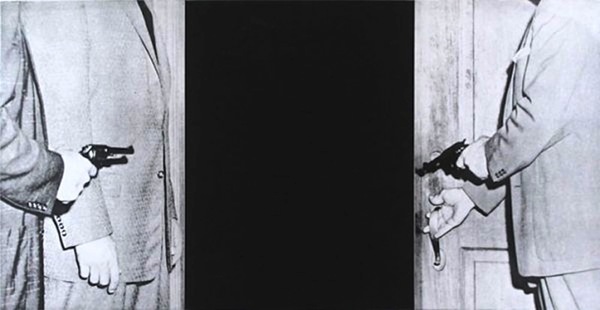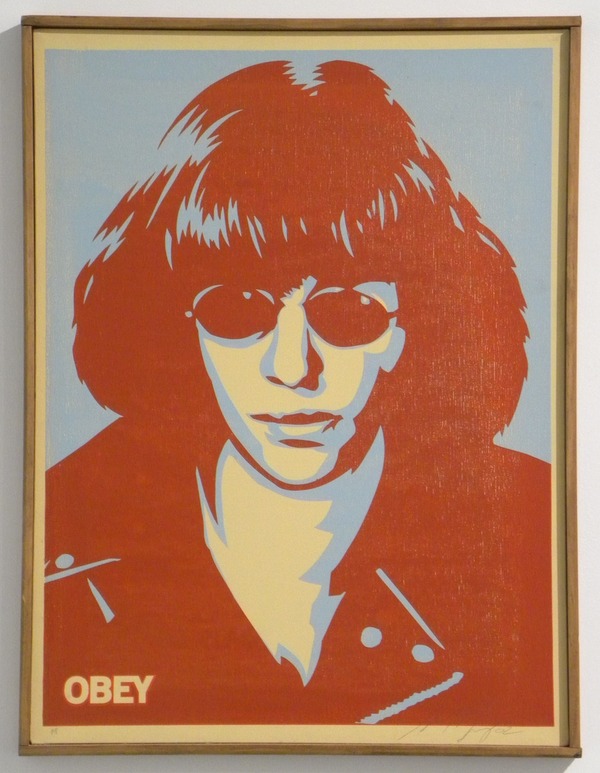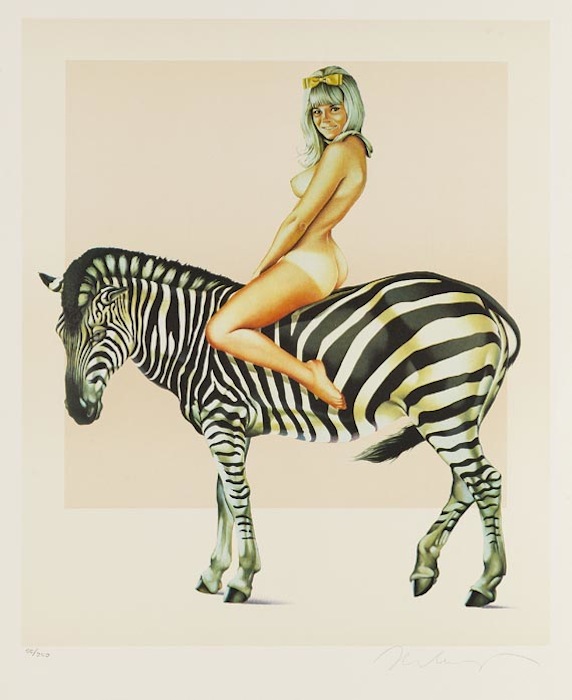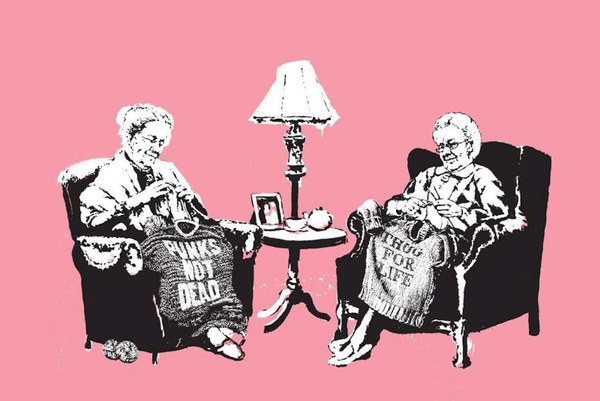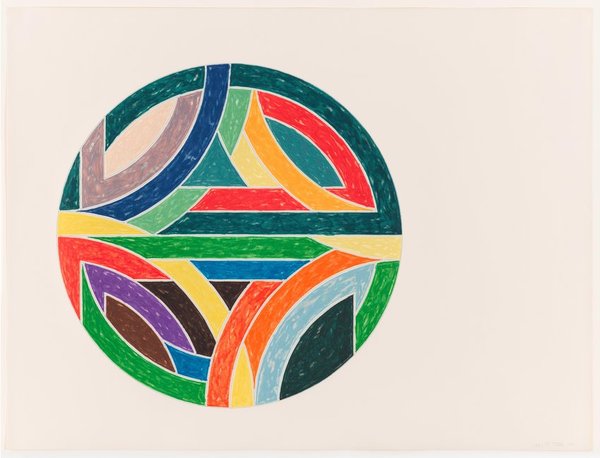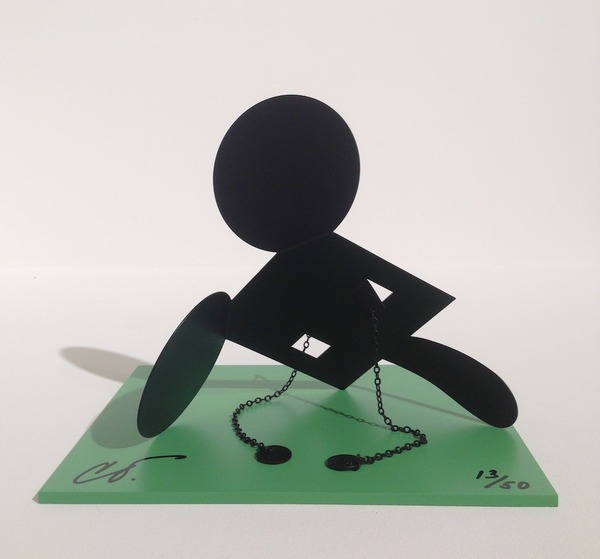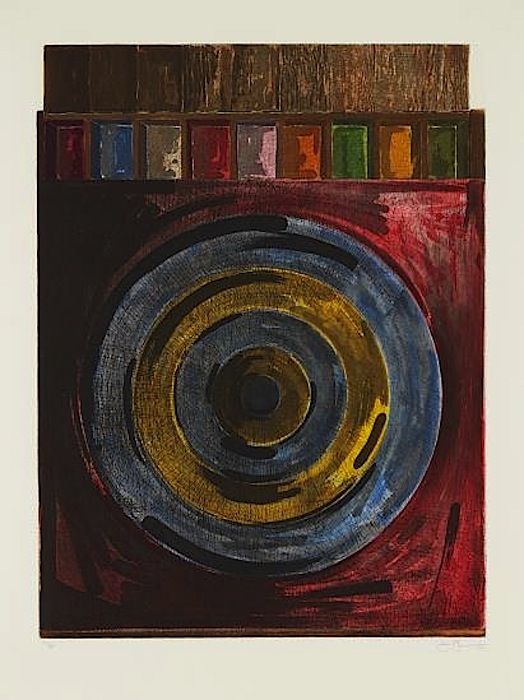
Jean-Michel Basquiat
Rinso
1983
Screenprint on wove paper
40 x 40 in.
Edition of 85
Pencil signed by Gerard Basquiat and stamped by the Jean-Michel Basquiat estate on verso, numbered in pencil on front
About the work:
Art or Black Art?
Reluctant to involve himself in black politics, and despite Jean-Michel Basquiat’s own insistence that his work be evaluated in the context of all art, and himself in the context of all artists, critics have consistently focused upon race in his works, making it almost impossible to separate the artwork, and the artist from his message.
Basquiat’s work is known for its primitivist motives, combining anatomical diagrams, commercial art, Black pop cultural history and figures, charged phrases and words, and representations of the body in an emotional and psychologically explosive mixture. His use of bright colors and his line drawings brought to life his experiences in the urban landscapes.
Jean-Michel Basquiat was born in Brooklyn in 1960. His mother was of Afro-Puerto Rican descent, his father was Haitian. He grew up in a middle class family, and in a middle class environment. But Basquiat sought to conceal his less than underprivileged background, by not wanting to create artwork that had any reference to black disempowerment, however, the opposite seems to have been more the case.
Basquiat himself observed: “I get my facts from books, stuff on atomizers, the blues, ethyl alcohol, geese in the Egyptian style … I put what I like from them in my paintings.” However, other influences for Basquiat also included the work of Picasso, African masks, children’s art, hip-hop and jazz. The outcome itself has been described as a type of visual syncopation, or “eye rap.”
His paintings are both childlike and menacing, described as “raw”. Frenzied assemblages of crudely drawn figures, symbols like arrows, grids and crowns, recurring words in bold and vibrant colors, and depictions of violence and racial subjugation cover his canvases that is more often than not concealed beneath the competing interpretations that circulate about Basquiat as a figure. This irony is one that has been applied to the situation of Basquiat himself in relation to a white-dominated art industry.
Borrowing elements of everyday language (brand names, trade marks, consumer clichés, political and racial slogans, etc.), Basquiat created juxtapositions that reveal latent power structures, whose realignment in turn produces ironies suggesting a fundamental arbitrariness within the institutions of social discourse.
This week’s Work Of the Week (WOW), Rinso, a classic racist metaphor is exposed in the form of a reference to a popular washing powder. The words NEW RINSO(c), appearing above and beside three stylized renderings of Negroes, seem to point towards the word SLOGAN(c) in the centre of the artwork, which in turn gives on to an actual slogan-1950 RINSO: THE GREATEST DEVELOPMENT IN SOAP HISTORY-with an arrow pointing to the words WHITEWASHING ACTION at the bottom. In case the viewer misses the implications of this text, or the possible references to the violence of the 1950s civil rights movements, the words NO SUH, NO SUH written on the left of the work serve to lessen any ambiguity
Inevitably, it seems, these subjects became less and less distinguishable from the autobiographical elements Basquiat worked into his paintings. Success for Basquiat was always fraught with contradictions. There is no doubt that such criticisms were fueled by the fact that Basquiat was the first black American artist to achieve international fame. Not to play the role of noble savage or idiot savant could only reveal, to the art establishment, that Jean-Michel Basquiat would assume the position of a successful American artist, usually reserved for whites.
Basquiat refused this role, even if at times he could be said to have exploited it. He was resented for his success, trivialized and slandered by critics. He sought fame, and like many who have achieved it, he found himself isolated in an often hostile and unpredictable environment.
Other works by Jean-Michel Basquiat available in the gallery:



